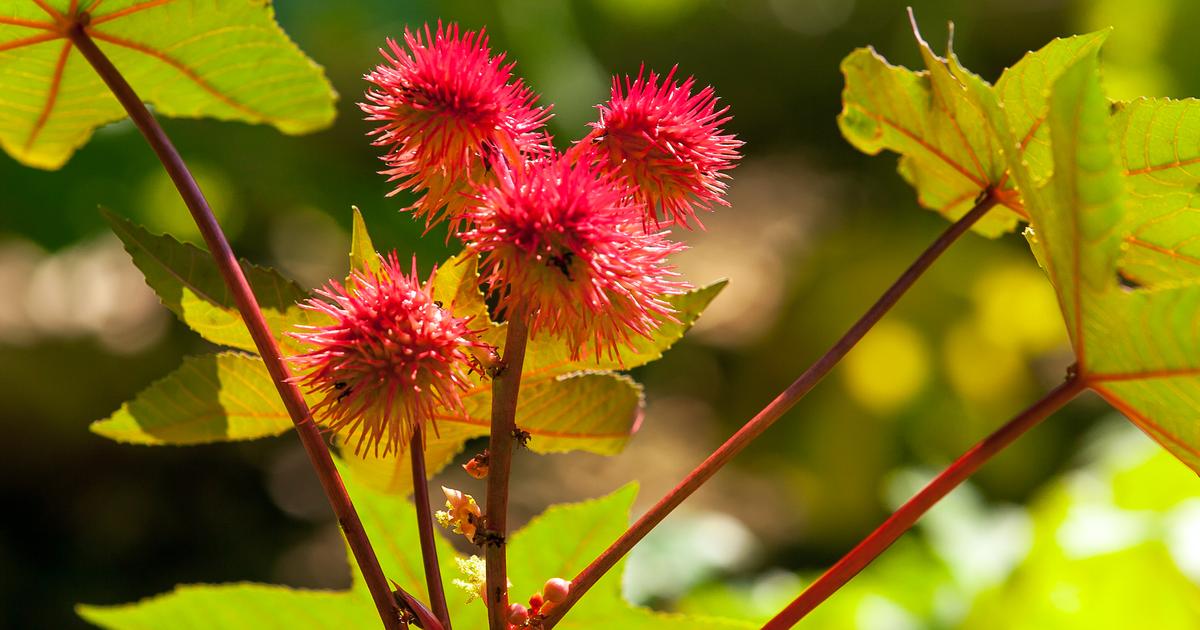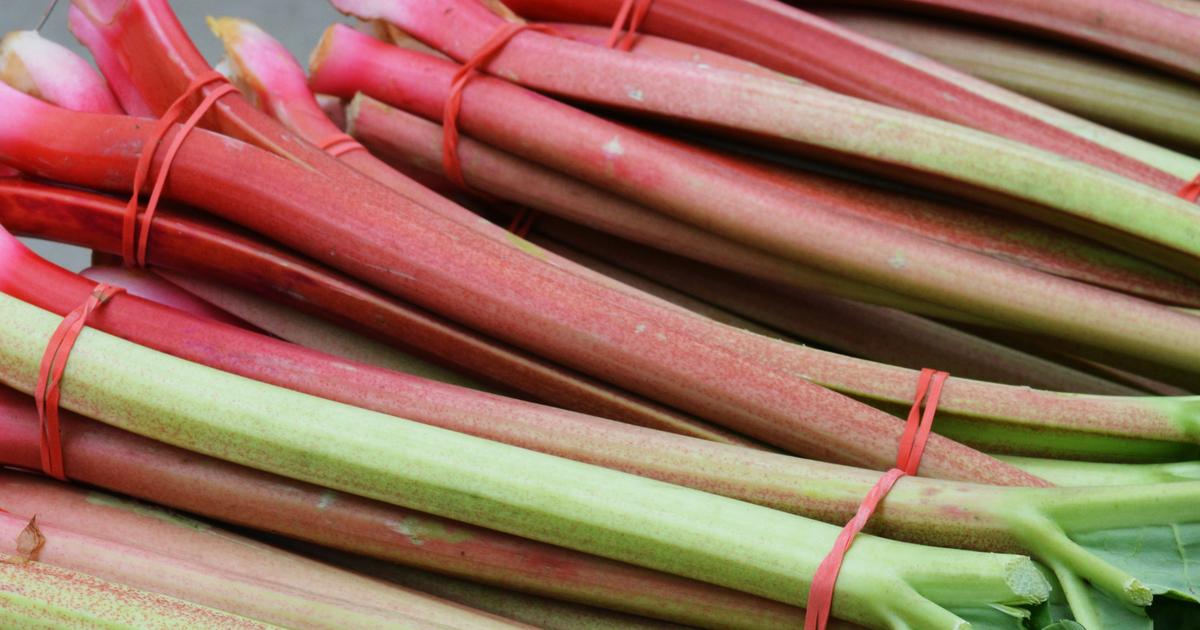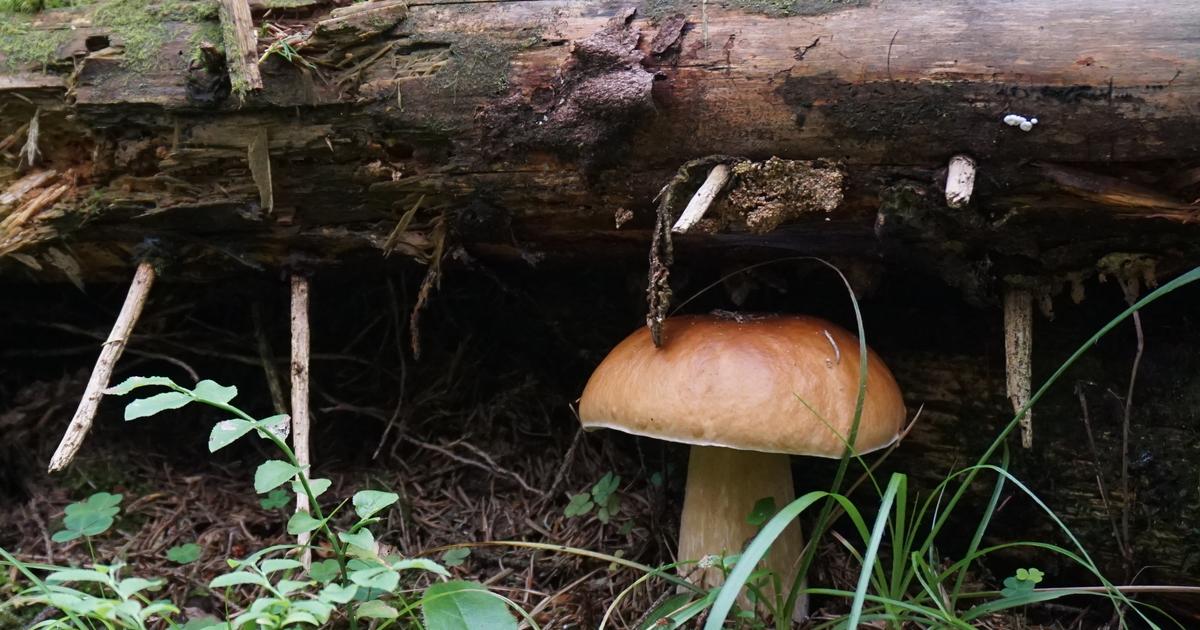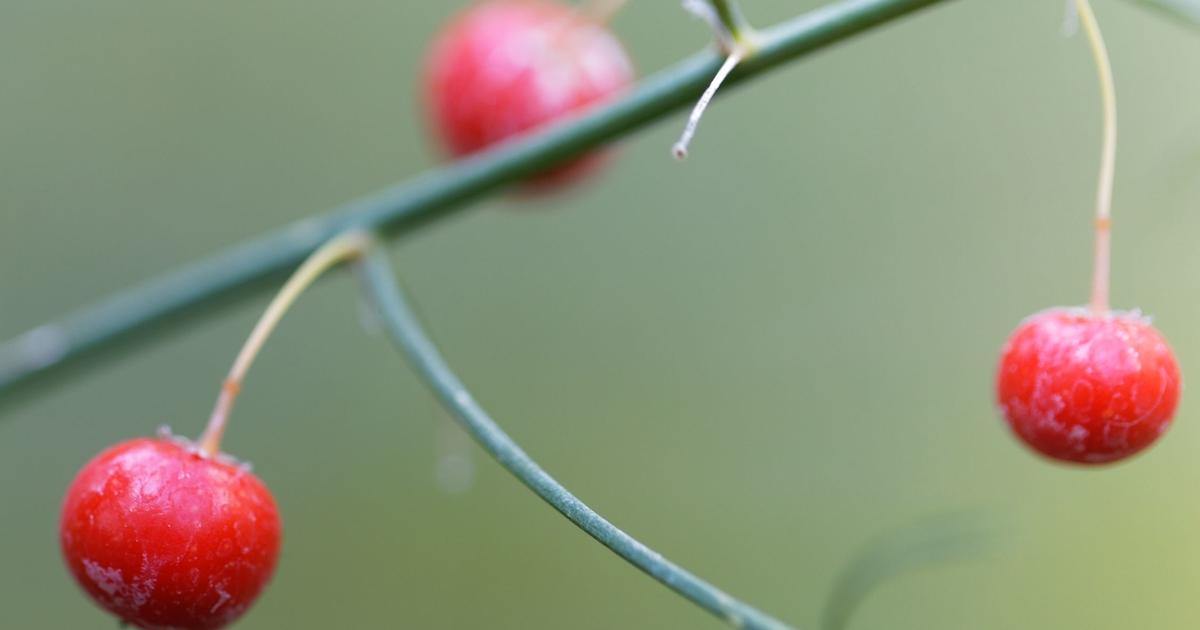Guide To Plants That Are Actually Poisonous
Nowadays, it's very popular to add organic plants to one's diet. There's also a lot of individuals who believe all organic plants are healthier than non-organic foods. However, when gardening at home, cooking, and keeping houseplants, there are some important things to keep in mind. One thing is that plants can be poisonous whether they're organic or not. Some plants can even be deadly to both humans and animals. If an individual is bringing any plant into their home, it's important to be aware of whether it poses potential dangers. And if individuals are adding a new herb or ingredient to their diet, they should always double-check the nutritional science behind it. Just because a plant is organic doesn't mean it's incapable of causing harm.
Learn about some of the plants that are actually poisonous now.
Castor Oil Plant

The castor oil plant was originally found in Africa. The seeds of the plant are used to distill castor oil, but they are also highly poisonous because they contain ricin. This poison is powerful enough to damage animal tissue. If individuals eat just four to eight of these seeds as an adult, the poison will be fatal. Animals and younger children can be killed by even smaller doses. The symptoms of poisoning tend to appear two to four hours following ingestion, but some individuals don't experience any symptoms until up to thirty-six hours following ingestion of the seeds. Ricin poisoning causes an individual's mouth to feel like it's burning. They will also typically experience flu-like symptoms like vomiting, nausea, lethargy, and diarrhea. It only takes a few days for an individual's body to become dehydrated, for their blood pressure to lower, and for them to have reduced urine output. Ricin poisoning tends to kill individuals around three to five days following consumption. Castor oil is traditionally used in medicine for its laxative properties, and some modern cosmetics also use it as an ingredient.
Uncover more poisonous plants now.
Rhubarb

Rhubarb is a spring vegetable that's popular in the Midwest, and it can also be found in dishes throughout the world. Most dishes utilize rhubarb as a fruit, though it's scientifically classified as a vegetable. Before cooking with rhubarb, though, individuals need to be aware of the plant's poisonous properties. The stalks from a rhubarb plant are completely safe for human consumption. Individuals can even eat them before cooking them, though they tend to be bitter. However, rhubarb leaves are exceptionally poisonous. The leaves of this plant are suffused with oxalic acid, which is a poisonous chemical that can be fatal in large doses. Oxalic acid works by binding to the calcium ions found in the blood, causing them to become ineffective. While individuals would need to eat multiple pounds of rhubarb leaves for the oxalic acid levels to become toxic in their body, oxalic acid has been linked to other health problems as well. It can cause interference with the kidneys, including an increased risk of developing kidney stones.
Continue reading to learn more about plants that are actually poisonous now.
Parts Of The Elderberry Tree

One popular plant is the elderberry tree, which many individuals plant in their yards and gardens to help attract wildlife. The berries and flowers can be harvested and used for multiple purposes, including elderberry jams and pies. Elderberry trees can grow up to twenty feet tall. If individuals have one in their garden, however, they should keep some precautions in mind. The berries and flowers sometimes cause allergic reactions, and elderberry fruits that haven't become completely ripe are poisonous. If individuals eat them before they've reached full ripeness, they can lead to nausea. Individuals should also always cook elderberries instead of eating them raw. They also shouldn't eat berries straight off the tree or let their pets or children eat the raw berries. Other trees produce berries that look similar, but they might be incredibly toxic. Individuals need to be sure they're harvesting from an elderberry plant to make sure they don't allow any dangerous compounds into their home. They should also always double-check to make sure they're harvesting at the right time of the season.
Get more details on plants that are actually poisonous now.
Certain Mushrooms

Some mushrooms might just cause mild nausea, but others are so poisonous that a small dose can be fatal. In addition, many wild mushrooms may look harmless while actually being a different, harmful specimen. Unless someone is a field expert, they shouldn't gather wild mushrooms and eat them, though even field experts don't tend to eat wild mushrooms because the risk is that high. There are between seventy and eighty species of mushrooms that have been identified as poisonous. Only some of them are fatal, but the fatal ones often look just like the edible ones. Death caps are some of the deadliest mushrooms and can be found throughout Europe. These mushrooms look a lot like caesar's mushrooms and edible straw mushrooms. Conocybe filaris mushrooms are common throughout the Pacific Northwest. Though they look innocent, they can cause fatal reactions. The webcap mushroom comes in two varieties that both contain deadly poison, but it's very similar to other edible mushrooms.
Learn more about poisonous plants now.
Asparagus Berries

Asparagus berries are poisonous enough to cause serious digestive issues after individuals only consume a few. In fact, individuals shouldn't eat them under any circumstances. Though they may look delicious, asparagus berries aren't actually berries. Instead, they're technically seed pods. Each of the berries has three to four seeds. If individuals want to grow asparagus plants from the pods, they should pick the berries and let them dry on a natural basis in the sun. Then they should break the pod apart, separate the seeds, and plant them. Some individuals who eat asparagus berries experience an allergic reaction. In addition to being toxic to humans, the berries are also toxic to cats and dogs. Some of the most common symptoms of poisoning are abdominal pain and vomiting. In individuals with an allergic reaction, there's often a rash. If they're allergic, they might experience contact dermatitis when they touch the plants.